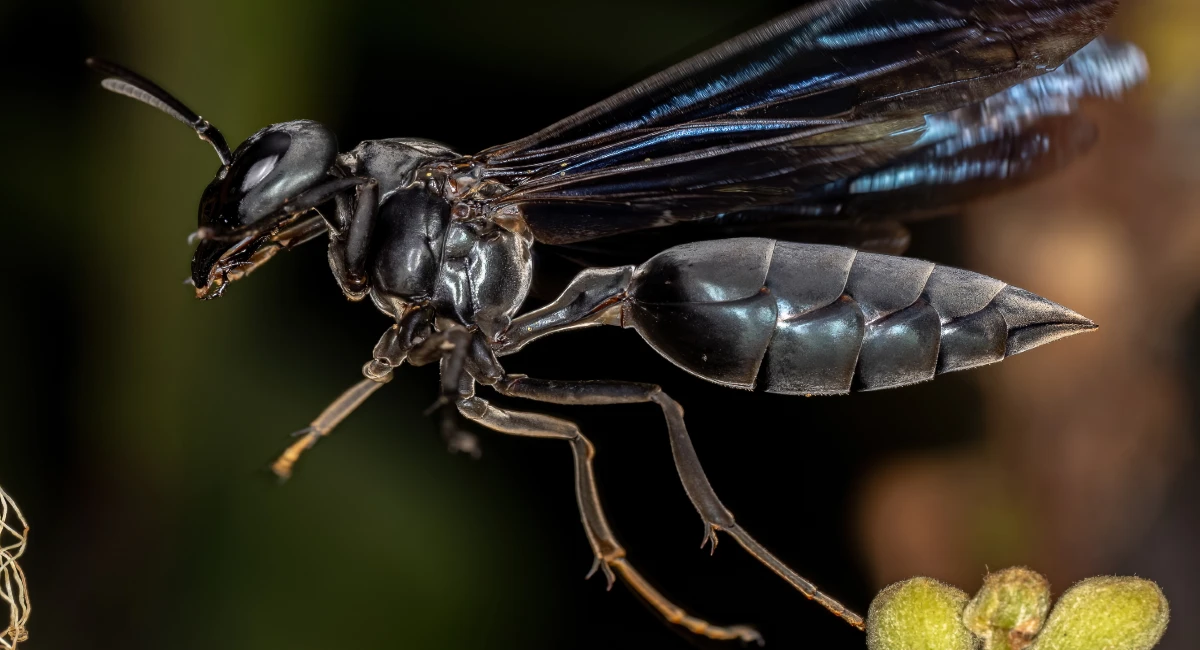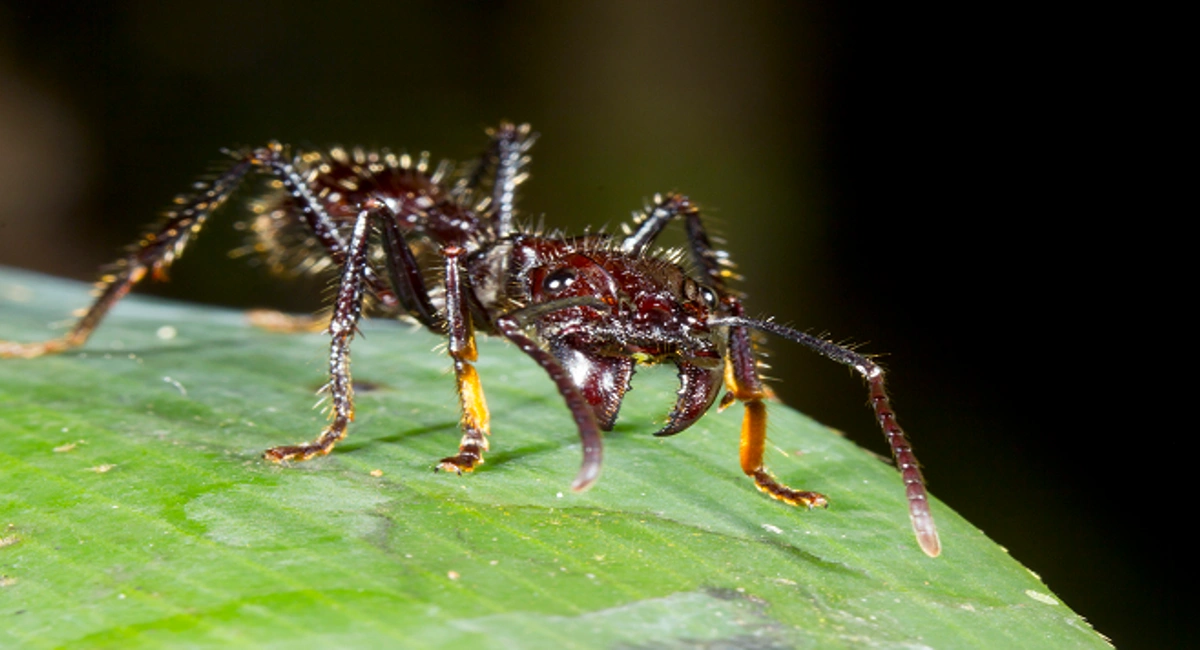For your Home
Login or register for the customer portal
Pain is relative. A paper cut may be excruciating to some, while others don’t blink an eye. Hence, it is difficult to develop a ranking of the most painful insect stings. Not to mention, most people don’t volunteer to be stung in order to evaluate the pain it causes. Luckily for the rest of us, entomologist Justin O. Schmidt set out to do just that. At the age of 7, Schmidt plucked a honey bee off of a flower to put on his teacher’s arm. The bee quickly confirmed Schmidt’s hypothesis it might sting, and his fascination with insect defense mechanisms only grew from there.
Later in his research career, Schmidt developed a pain index, now called the Schmidt Pain Index, that helps to compare the pain of various insect stings of different kinds of wasps. He has been stung by 150 different species over his career, making him an expert on which stings hurt the most.
On this page, we explore five of the most painful insect stings as determined by Justin Schmidt’s research. The Schmidt Pain Index ranks insect stings on a scale of 0 to 4 — 0 being no pain at all and 4 being absolutely excruciating. Though they rank low on the index, the honey bee and sweat bee are shown on the below graphic for comparison.
Schmidt has done the work for us, so there is no need for you to go provoking angry stinging insects. If you’re seeing wasps or thing you might need wasp control on your property, don’t chance it. Contact us today.
The least painful on this list, but still not exactly pleasant, is the paper wasp sting. Schmidt described it as “Caustic and burning. Distinctly bitter aftertaste. Like spilling a beaker of hydrochloric acid on a paper cut.” Paper wasps are named for the material with which they build their nests. Because they feed on insects like caterpillars and use fiber from plant stems to build nests, they can often be found in environments containing plants. Paper wasp nests may contain as many as 30 adult wasps.

“After eight unrelenting hours of drilling into that ingrown toenail, you find the drill is wedged in the toe.” With a description like that, you’d think surely it doesn’t get much worse. But you’d be mistaken. This is only number four on the list!
Red harvester ants are reluctant to sting, but when they do, it may cause medical concerns. Their nests are often located in open areas and resemble a flat, circular patch in the soil.

Being stung by the warrior wasp had Schmidt wondering why he started this endeavor in the first place. He referred to the sting as “Torture. You are chained in the flow of an active volcano.” Little did he know, there was worse pain to come. This wasp is very large, at over two inches, with jaws longer than its front legs. Fortunately for us, this insect is predominantly found in South and Central America.

Rated at the top of the scale (4.0), but still not the most painful sting, is that of the tarantula hawk. Schmidt called it “Blinding, fierce, shockingly electric. A running hair dryer has been dropped into your bubble bath. A bolt out of the heavens. Lie down and scream.”
Sometimes referred to as “spider wasps,” tarantula hawks grow up to two inches in length and the bright color of their wings acts as a warning to any potential predators. By nature, tarantula hawks are not aggressive…to humans at least. Tarantulas have greater reason to fear.
Female tarantula hawks will paralyze the spider and proceed to lay an egg on its abdomen. The newly-hatched larva will then feed on the immobile spider. In the United States, tarantula hawks are primarily found in desert regions.

Last but not least, we have the most painful sting of all — the bullet ant sting. Schmidt describes the pain as “pure, intense, brilliant pain. Like walking over flaming charcoal with a three-inch nail embedded in your heel” and rates it as a 4.0+…off-the-charts pain that lasts up to 24 hours.
These ants are the largest of the ant family, at about one inch in length. Like others on this list, bullet ants are not instinctively aggressive, but become so when as a defense mechanism. Their sting releases poneratoxin, a neurotoxic peptide that causes severe muscle contractions, a burning sensation, and great pain.
Just be glad you’re not a part of the Satere-Mawe Tribe of the Amazon rainforest. As a part of their transition to manhood, they force boys of the tribe to stick their hands into gloves filled with angry bullet ants for ten minutes. They repeat the ritual until the boy can endure the stinging and ensuing pain and paralysis without shedding a tear. This can take up to 20 attempts!
See the ritual in this National Geographic video.

Your pest problem may not be with one of these insects, but nonetheless, we’re here for you. Western’s insect control experts are the best in the business and your safety is their number one priority. Contact us by using our online form.
Enjoy pest-free living all year long with PestFree365+. See how our home pest control plan protects you and your family from 36 common pests.